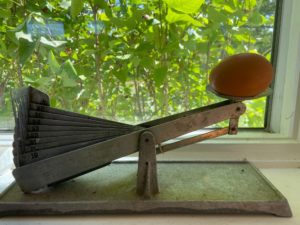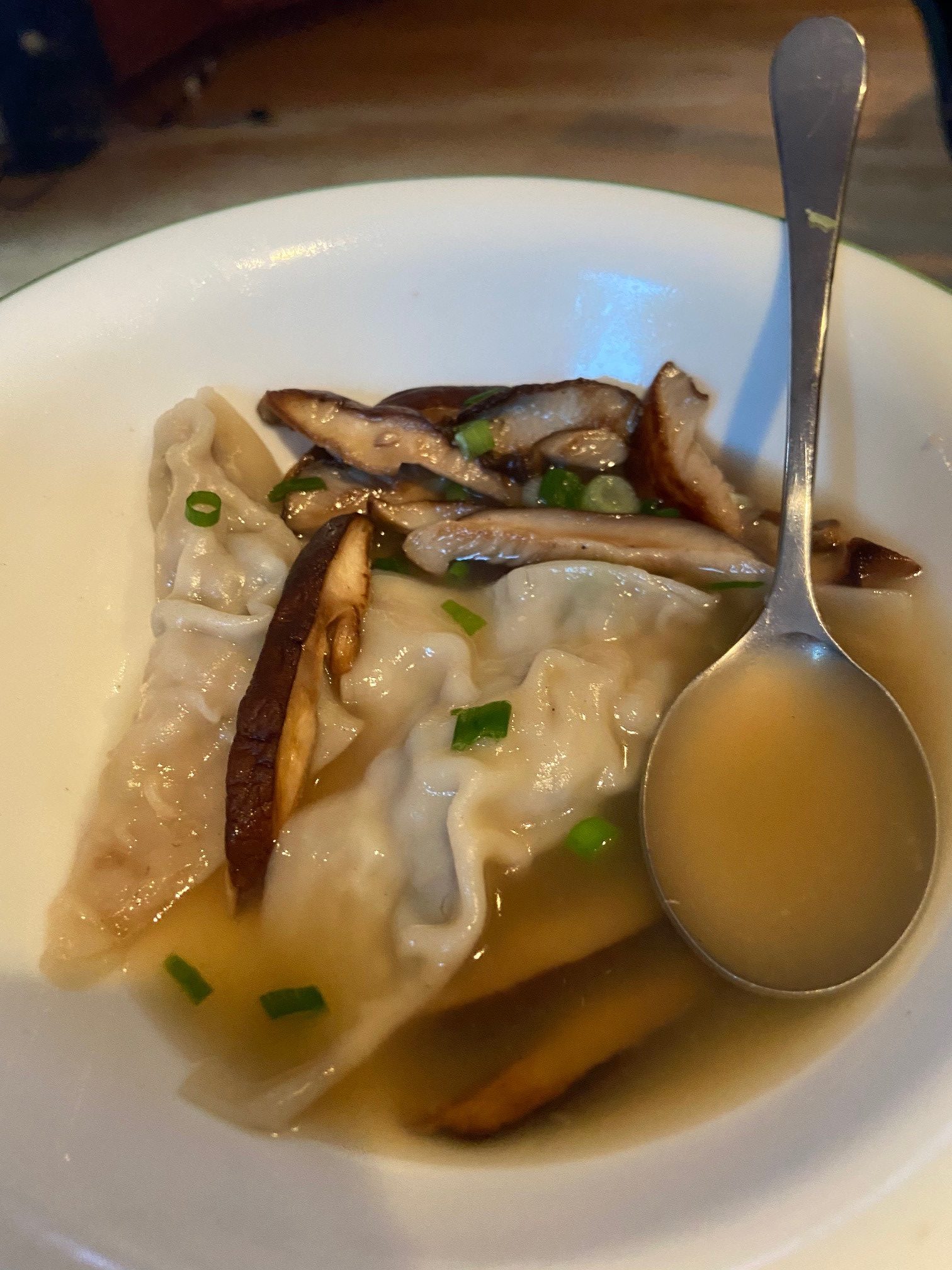
What’s the deal with these tiny eggs?
You may have noticed that some of our standard-sized eggs have been replaced by smaller ones, not quite filing out the little nesting cups of the carton. What’s with these little eggs? Do they come from smaller chickens? A different variety? Young chickens, old chickens, nutrient-deprived ones? These are “pullet eggs” that come from our young, new-to-the-laying-game hens!
A pullet is a female hen that is less than one year old. When a chick loses its downy feathers and develops adult feathers, it becomes known as a pullet (or a cockerel if it is male). They usually begin laying eggs between 16-24 weeks of age depending on the breed and genetic history. When pullets begin laying eggs, they are sometimes called “point-of-lay hens”. The smaller eggs will be produced for about four weeks before they reach the size that we are used to seeing, and our pullets become regular old laying gals.
From a culinary perspective, pullet eggs are sometimes considered to be superior in flavor and richness. They are quite a bit smaller (see included photos of an old egg-grading scale showing our regular-sized eggs vs. a pullet egg) but can be used as you would any other chicken egg.
We go with the conversion of about three pullet eggs = 2 regular eggs.


From an economic and sustainability perspective, eating pullet eggs is hugely important for farmers. Large scale egg producers will use pullet eggs for liquid egg products, but smaller-scale farmers often end up tossing them becuase they don’t have a market for the smaller eggs or the system to process liquid eggs. Just like utilizing every part of the animal is one of our farm’s goals, so is using and even featuring the lesser-known items that we produce. So crack open a few extra eggs for your morning’s omelet and let us know what you think!




